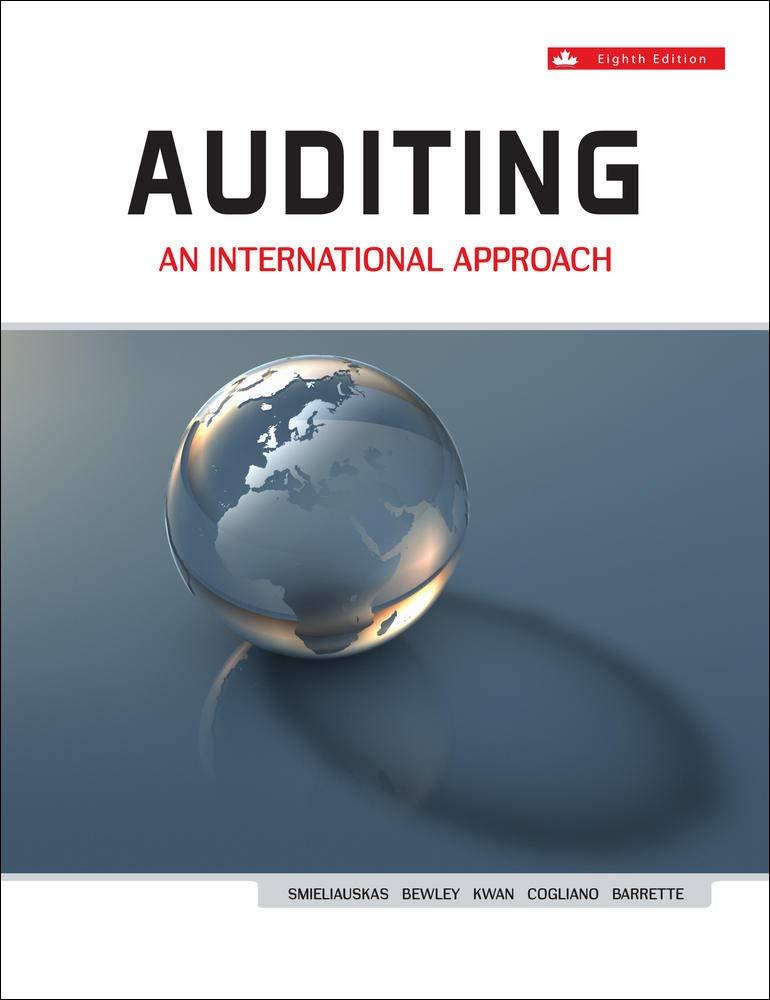Problem 2.33: Akawasi Sudawa is a production manager for HAL, a firm that specializes in manufacturing high-precision aircraft components. For a new product, Akawasi is trying to decide whether his company should make a particular component internally or whether he should buy it from an outside supplier. In either case, HAL would supply all of the needed materials and connectors to ensure that the finished component meets quality standards. Akawasi expects the supplier to use 5% more in materials than HAL would for in-house manufacturing because the supplier would not have access to the same specialized machines as HAL does. However, the number of connectors used would be the same under both options. Finally, the status quo of doing nothing is not feasible-HAL willyeither make or buy the component. a. Classify: (1) the cost of the materials used to make the components, (2) the cost of the connectors used to make the components, and (3) Akawasi's annual salary of $105,000 as being controllable (C) or.non-controllable (NC), and relevant (R) or not relevant (NR) for the above decision. Provide a brief rationale for each of your classifications. b. Assume the status quo of not doing anything is a viable option. That is, HAL does not have to make or buy the component - it can choose to do neither. How does this change in the opportunity set affect your classifications in part [a]? c. Assume HAL currently makes the component internally. Thus, the status quo is the "make" option as this represents the existing state of affairs. How does this change affect your classifications in part [a]? The following are three decisions that Joel Stager needs to make. Joel manages an up-market restaurant in Miami, Florida, and has considerable discretion over its operations. Decision 1: Whether to convert the restaurant from a European to an Asian theme. This change will require substantial redecoration. Decision 2: Which celebrity chefs to showcase? The restaurant usually invites three or four celebrity chefs during the year to take over the restaurant for a week. In consultation with the regular chef, the celebrity chef designs the menu for that fortnight, often contributing several secret recipes or helping build a theme. Decision 3: Whether to accept a booking for a wedding reception. The reception will take over the entire restaurant for one evening. While some costs will increase (e.g., for rearranging seating), others will decrease (everyone will have the same meal). Required: a. Classify each of the three decisions as per their time horizon. b. Classify the following costs and benefits as being controllable or non-controllable with respect to the three decisions. 1. Average revenue per patron 2. Cost of meals served 3. Cost of printing restaurant menus 4. Salaries for chef and other kitchen staff 5. Building rental cost








